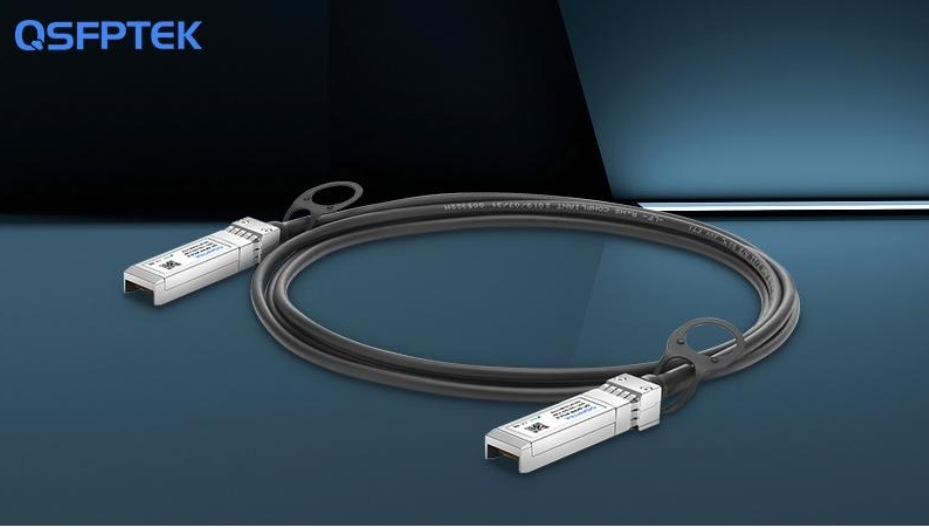In high-density data centers, efficient cabling solutions are essential to ensure optimal performance and reliability. 10G Direct Attach Cables (DACs) have emerged as a preferred choice for short-distance, high-bandwidth connections. This article explores the advantages and challenges of implementing 10G DAC in such environments, focusing on their role in providing high-bandwidth connectivity within space-constrained server rooms and addressing potential issues like heat dissipation and cable management.
Advantages of 10G DAC in High-Density Data Centers
Cost-Effectiveness
10G DAC cables are generally more affordable than optical modules and fiber optic cables. Their lower cost makes them an attractive option for data centers aiming to balance performance with budget constraints.
Low Power Consumption
Passive 10G DACs consume minimal power, typically less than 1W, which is advantageous in high-density environments where power efficiency is crucial. This low power usage contributes to reduced operational costs and less heat generation.
Simplified Cabling
10G DACs offer straightforward, plug-and-play connectivity, reducing the complexity of cabling installations. This simplicity is particularly beneficial in high-density data centers, where efficient and organized cabling is essential.
Enhanced Signal Integrity
Being copper-based, 10G DACs are less susceptible to electromagnetic interference (EMI) compared to some fiber optic solutions. This characteristic ensures stable and reliable data transmission, which is vital in environments with numerous electronic devices.
Challenges of 10G DAC in High-Density Data Centers
Limited Transmission Distance
10G DACs are suitable for short-distance connections, typically up to 10 meters. This limitation restricts their use to intra-rack or adjacent rack connections, necessitating alternative solutions for longer-distance links.
Physical Bulk and Cable Management
The relatively larger size and rigidity of 10G DACs can complicate cable management in high-density environments. Proper organization is essential to prevent tangling, ensure airflow, and facilitate maintenance.
Heat Generation
While passive 10G DACs generate minimal heat, active versions consume more power and produce additional heat. In high-density data centers, managing this heat is crucial to maintain optimal operating conditions and prevent equipment overheating.
Susceptibility to Electromagnetic Interference (EMI)
Despite their advantages, copper-based 10G DACs can be more susceptible to EMI compared to fiber optic solutions. In environments with high electromagnetic activity, this susceptibility may affect signal integrity and data transmission reliability.
Best Practices for Implementing 10G DAC in High-Density Data Centers
To maximize the benefits and mitigate the challenges of 10G DACs, consider the following best practices:
Strategic Placement: Use 10G DACs primarily for short-distance connections within racks or between adjacent racks to optimize their performance and cost-effectiveness.
Effective Cable Management: Implement organized cable management systems to handle the bulk and rigidity of 10G DACs, ensuring efficient airflow and ease of maintenance.
Monitor Heat Generation: Regularly monitor the temperature of active 10G DACs and ensure adequate cooling measures are in place to prevent overheating.
Assess EMI Risks: Evaluate the electromagnetic environment of the data center and consider using fiber optic solutions for areas with high EMI to maintain signal integrity.
Conclusion
10G DACs offer significant advantages in high-density data center environments, including cost-effectiveness, low power consumption, and simplified cabling. However, challenges such as limited transmission distance, physical bulk, heat generation, and susceptibility to EMI must be carefully managed. By implementing strategic placement, effective cable management, monitoring heat generation, and assessing EMI risks, data centers can leverage the benefits of 10G DACs while mitigating potential drawbacks.

